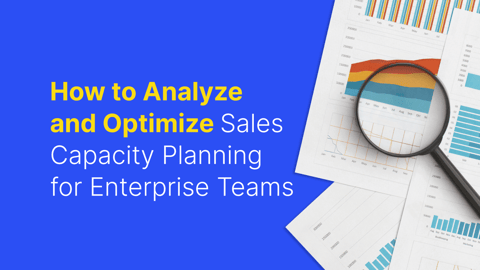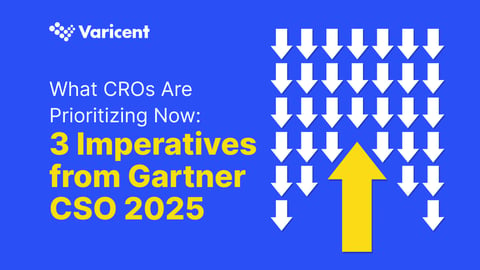How to use Short Term Incentives to Reach Your Targets
Many of you are nearly halfway through Q1 and are already thinking about how you’re going to get your number and close Q1 strong.
Our experience with quarter close has fallen into one of the following scenarios:
- You’re a bit behind your goal and want a quick boost.
- You’re not anywhere near your target and are praying for a great end.
Regardless of what scenario you are in, you can use new incentives, like sales performance incentive funds (SPIFs) to help close the gap, as long as they are designed intentionally.
Here are 5 steps to build a successful SPIF (and have a successful quarter):
1. Be clear about your goals
It’s not enough to say ‘close the gap’, or to even put a firm number as your goal. You also need to be specific about how.
Incentive compensation is a feedback loop that motivates a set of specific behaviors to drive a set of outcomes. By being very specific about your goals, you know which groups to target and what they should do differently.
GOOD: Close an additional $1MM this quarter by sending outbound to twice as many accounts in a specific vertical.
BAD: Close an additional $1MM this quarter.
You’ll notice in the GOOD example, we’re focusing on behaviors that are within an individual’s control. By possibly putting in more hours or prospecting more targeted accounts, they can be rewarded whether successful or not. We tend not to worry too much about gaming because you absolutely are able to set boundaries around what behavior is acceptable.
If you can’t get to how you expect the team to achieve the targets, as in the BAD example, stop right here. You need to motivate specific behaviors to drive outcomes. Without that, comp isn’t a great performance lever.
2. Use an existing metric
You generally want to measure a metric that is currently being tracked and reported and doesn’t have specific compensation tied to it.
Remember, you are looking for fast impact, so if you need to create new reports and educate and train your team on the new metric, you will lose really valuable time.
In the example above, you want to pay for new Accounts in your outbound sequences, but currently, your team is using reports that are on Lead count (vs. Account.) We recommend you translate your Account metric to Leads, and base your comp program around Leads.
3. Choose a motivating target
One of the most important factors in determining if a comp program will be successful or not is how much it actually motivates the team.
People perform better when they are close to a goal. Build targets off of historical performance rates to make sure people see a path to success.
4. Build the compensation plan
The amount and structure of the compensation will make sure that your SPIF doesn’t diminish the motivational elements of the existing compensation structures.
Amount: Target 20% of the current incentive comp for the period, in cash (vs other incentives.) While “fun” rewards, such as trips, concerts or even Pelotons, have a place in culture building, we haven’t seen them to be as impactful in reinforcing the behaviors that you are motivating.
Structure: We advocate a fixed rate or tiered incentives based on individual achievement, versus contests.
Most research suggests that contests in work settings may actually harm performance across all levels. Ranked contests create artificial winners and losers, which do not actually motivate and may even deteriorate trust and collaboration within the team.
5. Give regular performance reporting
SPIFs are a critical piece of your strategy of how you will hit your number, so don’t just set it and forget it.
Giving your team regular reporting on how they are pacing against targets, will increase their motivation to hit those targets (if they are set well) and drive performance. Set a regular cadence for reporting, or make it real-time with our Slack app.
6. Was the SPIF worth it?
Once the commissions statements are out, we often forget about the SPIFs we rolled out. Did the behavior change your current period results? What was the ROI?
And don’t forget that those behaviors may spill over into future period results. You should also measure if that behavior continued after the SPIF period.
Next Steps
If you like this post about SPIFs and you’re looking for other ways to motivate your team, check out our blog posts on the 5 tips to hit quota and how meditation boosts sales performance for your team.
Want to learn even more about how you can unlock your team’s productivity and performance through the science of incentives? Chat with an expert today.
Easy, right? Now go crush your quarter. The clock is ticking.




